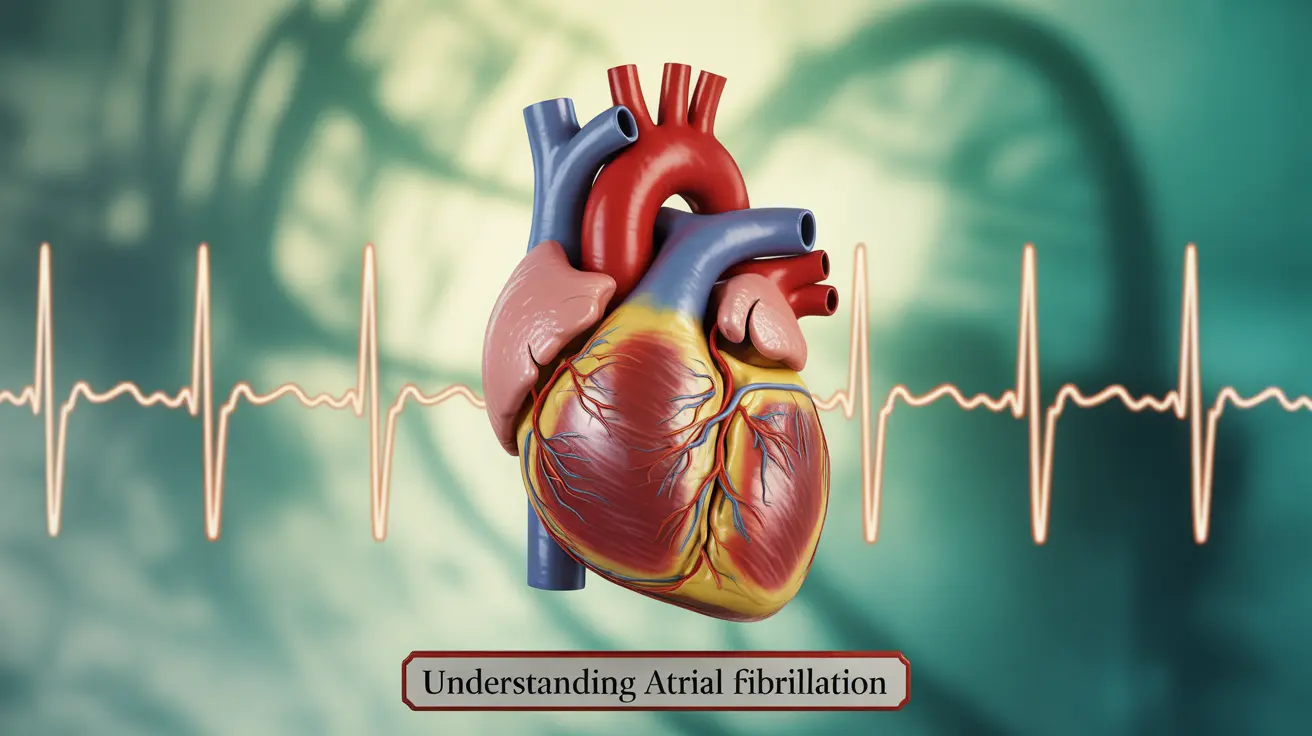When it comes to heart rhythm disorders, atrial flutter and atrial fibrillation are two conditions that often cause confusion due to their similar symptoms and related mechanisms. Understanding the distinctions between these cardiac arrhythmias is crucial for proper diagnosis and treatment. This comprehensive guide explores the key differences, diagnostic methods, and treatment options for both conditions.
Understanding the Basics of Each Condition
Atrial flutter and atrial fibrillation are both types of irregular heart rhythms that affect the upper chambers (atria) of the heart. While they share some similarities, they have distinct characteristics that set them apart in terms of their electrical patterns and impact on heart function.
Atrial Flutter Characteristics
Atrial flutter typically creates a more organized and predictable pattern of rapid heartbeats. In this condition, the atria beat regularly but much faster than normal, usually at rates of 250-350 beats per minute. The electrical signal travels in a circular pattern around the atria, creating a distinctive saw-tooth pattern on an electrocardiogram.
Atrial Fibrillation Characteristics
In contrast, atrial fibrillation produces completely irregular and chaotic electrical signals in the atria. The heart rate can vary significantly, and the electrical activity is disorganized, leading to inefficient blood pumping. This creates an irregular pattern on an EKG with no discernible P waves.
Diagnostic Approaches
Healthcare providers use several methods to differentiate between atrial flutter and atrial fibrillation. The primary diagnostic tool is an electrocardiogram (EKG), which shows distinct patterns for each condition.
EKG Patterns and Interpretation
During atrial flutter, the EKG typically shows a characteristic saw-tooth pattern in the baseline, with regular, rapid atrial activity. Atrial fibrillation, however, shows irregular baseline activity with no consistent pattern. These distinctive features help healthcare providers make an accurate diagnosis.
Treatment Strategies and Management
Treatment approaches may vary depending on whether a patient has atrial flutter or atrial fibrillation, though there is some overlap in management strategies.
Medications and Interventions
- Rate control medications to slow the heart rate
- Anticoagulation therapy to prevent blood clots
- Rhythm control medications in some cases
- Possible electrical cardioversion to restore normal rhythm
Ablation Procedures
Catheter ablation can be particularly effective for atrial flutter, as the circular pattern of electrical activity makes it easier to target specific areas. For atrial fibrillation, ablation procedures may be more complex due to the multiple sources of irregular electrical signals.
Risk Factors and Prevention
- Advanced age
- High blood pressure
- Heart disease
- Obesity
- Sleep apnea
- Excessive alcohol consumption
Managing these risk factors through lifestyle modifications and medical treatment is essential for preventing complications and reducing the likelihood of developing either condition.
Frequently Asked Questions
What are the main differences between atrial flutter and atrial fibrillation in terms of heart rhythm and symptoms? Atrial flutter produces a more organized, regular rapid heart rhythm with predictable electrical patterns, while atrial fibrillation creates completely irregular, chaotic electrical signals. Symptoms can be similar but are often more consistent in atrial flutter.
How are atrial flutter and atrial fibrillation diagnosed using an electrocardiogram (EKG)? An EKG shows distinctive patterns for each condition: atrial flutter displays a characteristic saw-tooth pattern with regular atrial activity, while atrial fibrillation shows irregular baseline activity with no consistent pattern.
What treatment options are available for atrial flutter compared to atrial fibrillation? Both conditions may be treated with rate control medications, anticoagulation, and rhythm control strategies. Catheter ablation tends to be more straightforward and successful for atrial flutter due to its more organized electrical pattern.
Can atrial flutter turn into atrial fibrillation, and how does this affect stroke risk? Yes, atrial flutter can transition into atrial fibrillation, and both conditions carry similar stroke risks. This is why anticoagulation therapy is typically recommended for both conditions based on individual risk factors.
What lifestyle changes or medications can help reduce the risk of complications from atrial flutter and atrial fibrillation? Key lifestyle modifications include maintaining a healthy weight, managing blood pressure, limiting alcohol intake, treating sleep apnea, and staying physically active. Medications may include anticoagulants, rate control drugs, and antiarrhythmic medications as prescribed by a healthcare provider.




